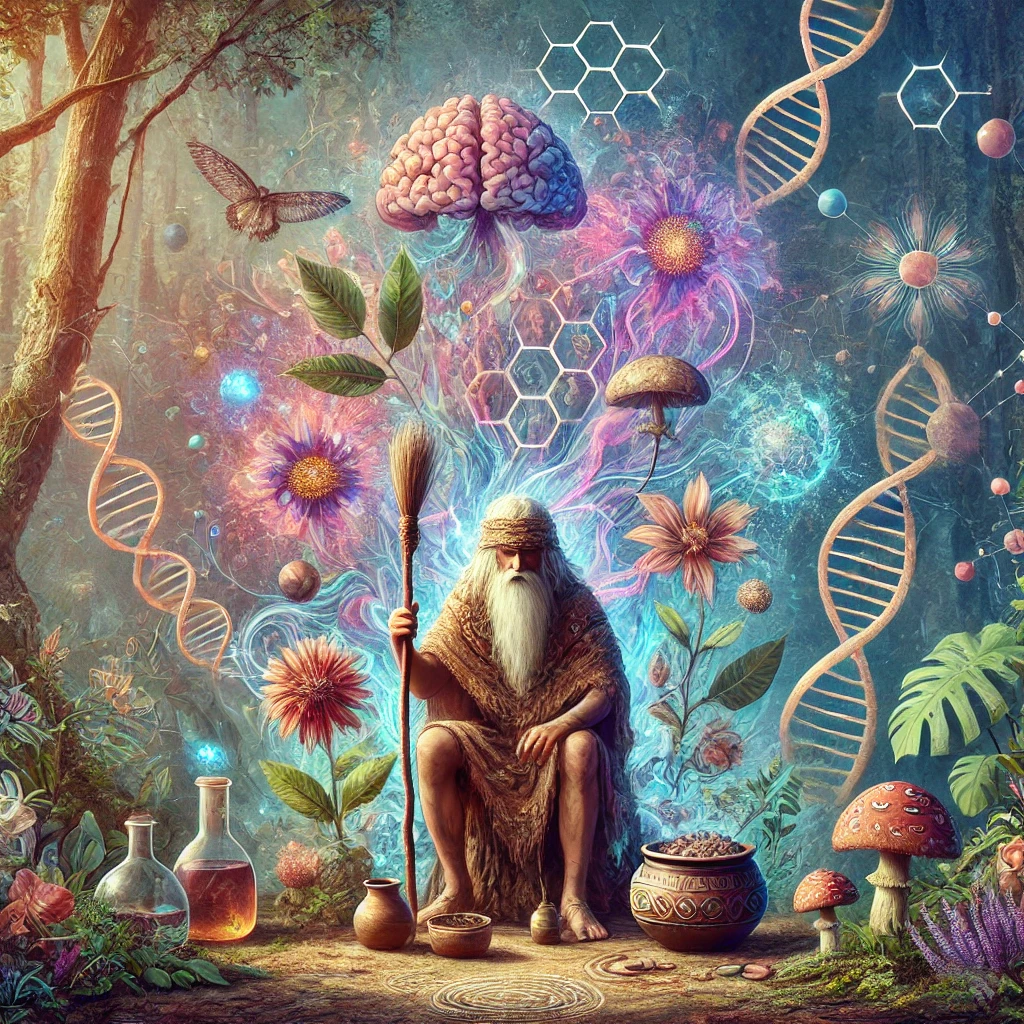In the quest for spiritual enlightenment and deeper understanding, meditation serves as a fundamental practice across various cultures. From the shamanic journeys to Christian silent contemplation and Taoist fixation techniques, each tradition offers unique pathways to accessing the unseen world. This exploration delves into these diverse practices, uncovering the interconnectedness of humanity with the divine through meditation.
Christian Meditation: Accessing the Right Side of the Temple According to William Donahue’s interpretation of the Bible, Christian meditation is not just about achieving silence but accessing the “right side of the temple,” which metaphorically refers to activating the right hemisphere of the brain. This state is said to facilitate visions and divine messages, akin to entering a sacred space of mental clarity and openness.
Reference: William Donahue’s Biblical interpretations focus on finding hidden meanings within the scriptures, advocating that true enlightenment comes from understanding the allegorical and metaphoric significance of biblical texts. Watch his detailed explanations here.
.Taoist Meditation: The Path of Fixation and Contemplation Taoism emphasizes a meditation technique that involves fixation between and slightly behind the eyes, believed to be a direct route to enlightenment. This practice, rooted in ancient Taoist manuscripts, states that effective meditation requires both fixation and contemplation. Without contemplation, fixation may lead nowhere; without fixation, contemplation remains in a state of ordinary consciousness.
Shamanic Pathways: Navigating Interdimensional Realities Shamans engage in meditation and the use of plant medicines to navigate and map interdimensional worlds. These worlds are often personified by archetypes—from the Virgin Mary to Buddha and Jesus—serving not as objects of worship but as guides through the universal consciousness that pervades all existence. Shamans, adept at walking through these spiritual landscapes, use such figures to guide, protect, and heal, revealing the foundational spiritual practices that predate organized religion.
- Reference: Learn more about the shamanic approach to meditation and its impact on spiritual practices. Shamanic Meditation Techniques.
Meditation is the key—the sweet nectar that opens doors to personal healing and, ultimately, global transformation. As we peel back the layers of religious doctrines and cultural practices, we uncover the shared truth: enlightenment is accessible to all, and it starts with turning inward. We invite you to explore these paths, research deeply, and find your own journey toward spiritual awakening.




